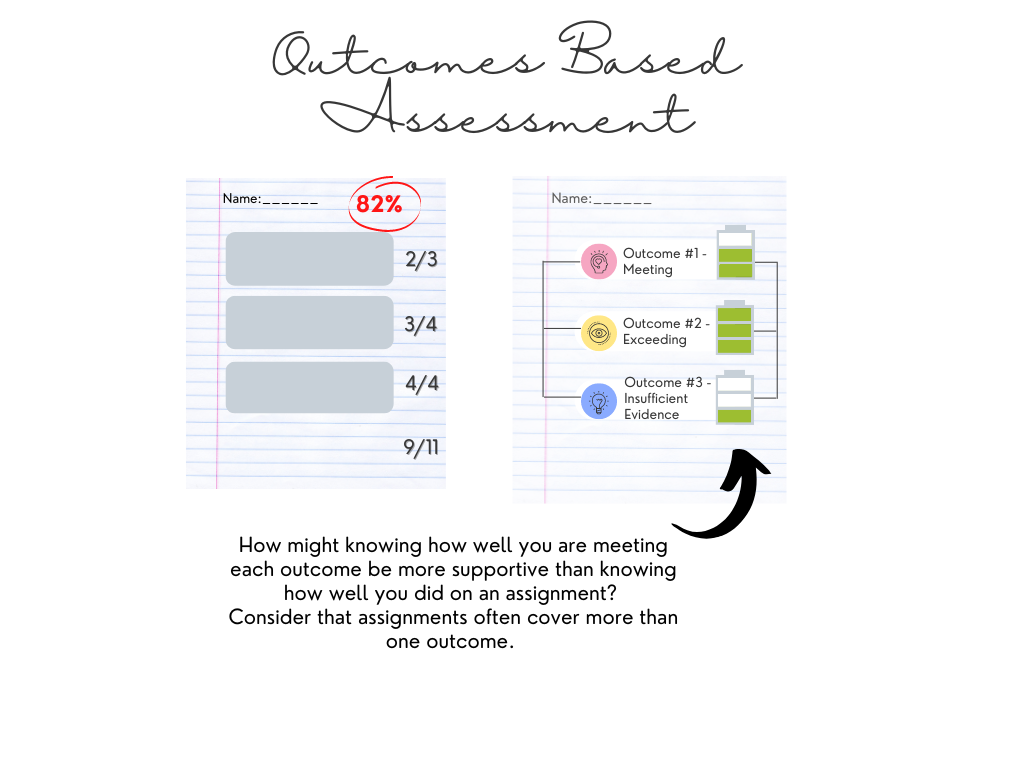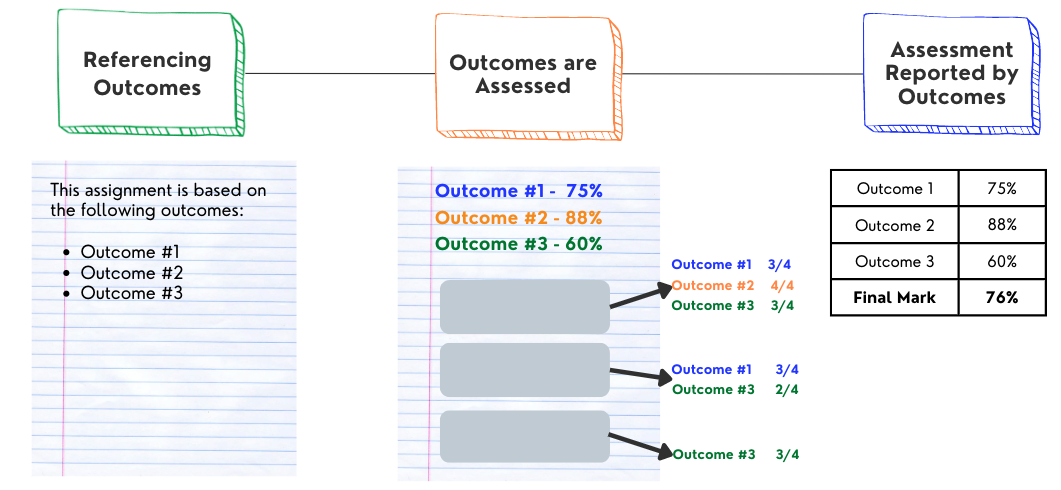From Grit to Pearl: Understanding our SLEQs
Guest Post by Roslyn M. Compton, Sithokozile Maposa, Sheryl Mills, Schroder Sattar
This past year we decided to approach our SLEQs differently. Because we planned and taught NURS 306 as a team, we decided to review our SLEQs as a team. In this post, we share the step-by-step process we used to shift from a solitary, dreaded, anxiety-provoking endeavor to a collegial, objective and reflective learning opportunity. We moved from a place of isolation, self-doubt, insecurity, and defensiveness to openness, curiosity, puzzling, surprise, and reaffirmed confidence. Rather than gritting our teeth, we polished our pearls by looking at our SLEQ, wearing our researcher hats and analyzing our SLEQ data.
Steps we took to grow pearls from irritating grit
Step 1: Together, we made a conscious decision to not open our SLEQs until our agreed upon meeting time. By doing this simple step, we relieved (and were relieved) all kinds of anxieties and pressures when the email arrived in the inbox. We had permission NOT to look. We were not going to do this alone again – not this year.
Step 2: We opened the SLEQs together and read aloud all the comments. Even though we acknowledged there was a wide variety of comments ranging from ‘We loved it’ to ‘Worst class ever’, we still felt bad because we got caught up in the extra descriptions in the comments. We found we started defending, explaining, and rationalizing. Even though we felt bad ‘together’, we knew there had to be a better way….
Step 3: We needed help! We dwelled.
Step 4: We needed someone not from the teaching team to play the role of an objective, trusted, critical friend, someone with no vested interest.
Step 5: We invited Sheryl (our objective, trusted, critical friend with no vested interest) to join the team.
Step 6: Epiphany! Sheryl suggested that SLEQ comments are just research data! She also helped us get perspective. For example, if the whole class had submitted SLEQ, there would have been 274. But there weren’t. Not everyone submitted a SLEQ. In fact, less than 50 SLEQs were submitted. Of that, we could see, as researchers, that we were dealing with a very small ‘n’, and primarily outliers.
Step 7: We created a data table of comments. As researchers, we know how to manage data and look for saturation!
Step 8: We created ways to analyze the comments. To begin with, we used the following themes: Constructive, Constructive with actionable items, Unconstructive, Unprofessional, & Others.
Step 9: Too many themes! We found that when we reviewed comments as only data, we discovered that there were far fewer Unconstructive or Unprofessional comments than we originally thought (Surprise!!!).
Step 10: We reduced the themes to the following: Action items, and Notes. We also highlighted key phrases/words in the comments as we read through them. We highlighted positive comments in yellow, and we highlighted whole sentences. We used green to highlight opportunities for improvement, and we highlighted only key words. We also noted that there were comments related to the overall structure of the nursing program, and we highlighted these comments in blue. Occasionally we noticed interesting things that we wanted to flag, and we highlighted them in pink.
Whew!! We successfully analyzed our data! We thrived rather than merely survived. We had a sense of optimism. A dreaded process had turned into a joyful learning process. We saw our learners as providers of important feedback. We found ourselves excited about the improvements we could make to our course. We found the pearls in our oysters!
Key points:
- See your SLEQs as ‘data’.
- Analyze your SLEQ data with a trusted person.


